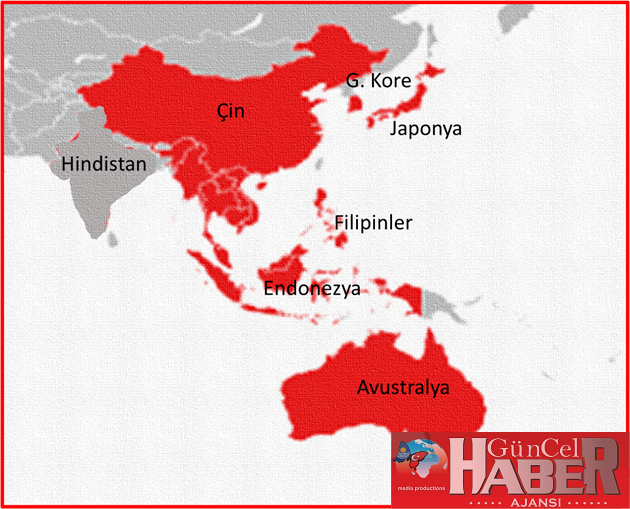China: Regional Comprehensive Economic Partnership – Asia Pacific trade agreement
China has formed a pact with 15 countries, including Japan and Australia, in a new Asia-Pacific trade agreement that began on Saturday (January 1).
China has formed a pact with 15 countries, including Japan and Australia, in a new Asia-Pacific trade agreement that began on Saturday (January 1). The new Regional Comprehensive Economic Partnership, or RCEP, will eliminate more than 90% of tariffs on trade between 15 member states, which economists say will be a boon for trade in the region. Other member states of RCEP are Brunei, Cambodia, Indonesia, Laos, Malaysia, Myanmar, New Zealand, Philippines, Singapore, South Korea, Thailand and Vietnam. With RCEP members accounting for 30% of the global population and gross domestic product, the partnership becomes the world’s largest regional trade agreement, surpassing the US-Mexico-Canada Agreement and the European Customs Union. The agreement aims to remove nearly all tariffs on imports between countries for up to 20 years and establishes common standards on intellectual property rights and e-commerce.
In terms of world trade volume, it is important to reduce or eliminate tariffs, but it is also necessary to look at the event from the perspective of global domination and strategic positioning. The United States left the Trans-Pacific Partnership in the Trump administration in 2017, and the Biden administration has no plans to rejoin at this stage. In addition to countries like China, the biggest criticism of the Trump administration to big exporters such as Germany and Japan was that they kept their money weak (currency manipulation label has always been a subject that has been shaken) and increased their exports. Plus, if we accept that Japan and Germany are extremely thrifty countries in terms of consumption, the increase in the foreign trade deficit of the US, which is both consuming and producing, is understandable. The advantage of the US is that it is a country that always attracts capital… This is also very normal; because the US still maintains the monetary regime, all savings are somehow tied to the US dollar with the reserve money function, and there is an institutional market structure with the liberal economic approach. It is actually a serious competitive advantage against semi-controlled economies.
The other subject; Between China and the US entirely. Low labor costs are the main reason why China and other Far Asian countries are production centers. The Trump administration wanted to pull production into the United States, if we recall. But one thing is being missed: you can’t make the American worker eat rice porridge, so wages will go up, labor costs will increase, and products will be more expensive. That will mean inflation.
De-globalization, which was trending with the Trump era, was at the stage of returning to globalization at a time when liberalization trends in the world were again at the forefront with power preferences, when the pandemic exploded and global trade was damaged. However, economic integration is at an irreversible point and each country must use the technologies produced to keep up with the world order and provide specialization. World shortage of supply and high transport costs make it necessary to ease trade barriers. Therefore, the customs barriers in the 2000s will be lowered for the “win-win” strategy in the 2020s. Bilateral interests should be considered in order not to introduce a “zero-sum game” in the shrinking trade volume.
Kaynak Tera Yatırım
Hibya Haber Ajansı





















